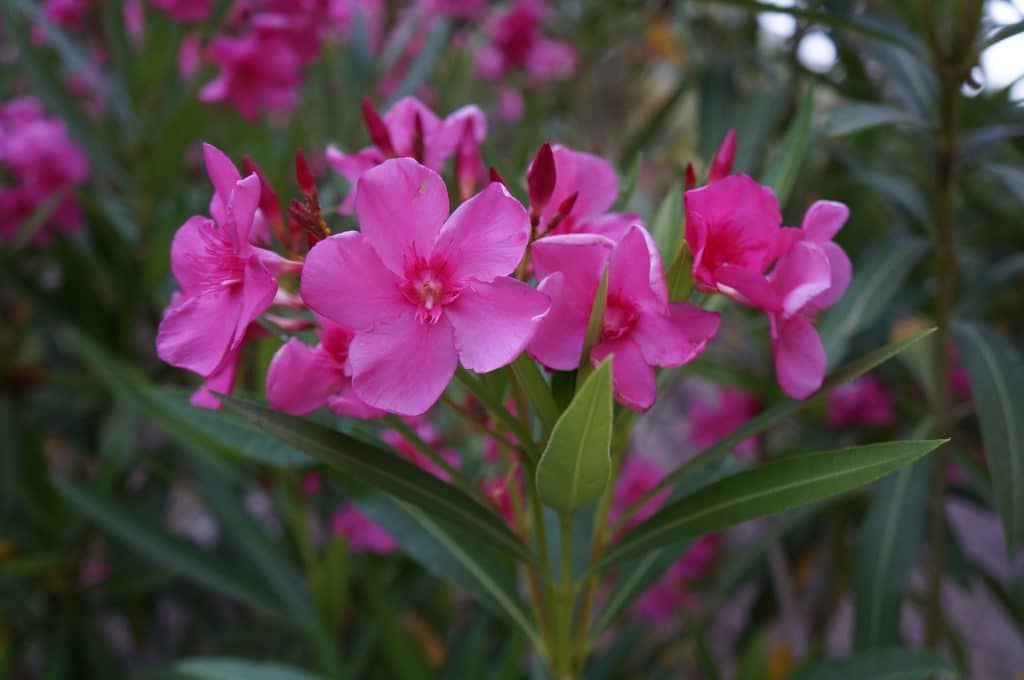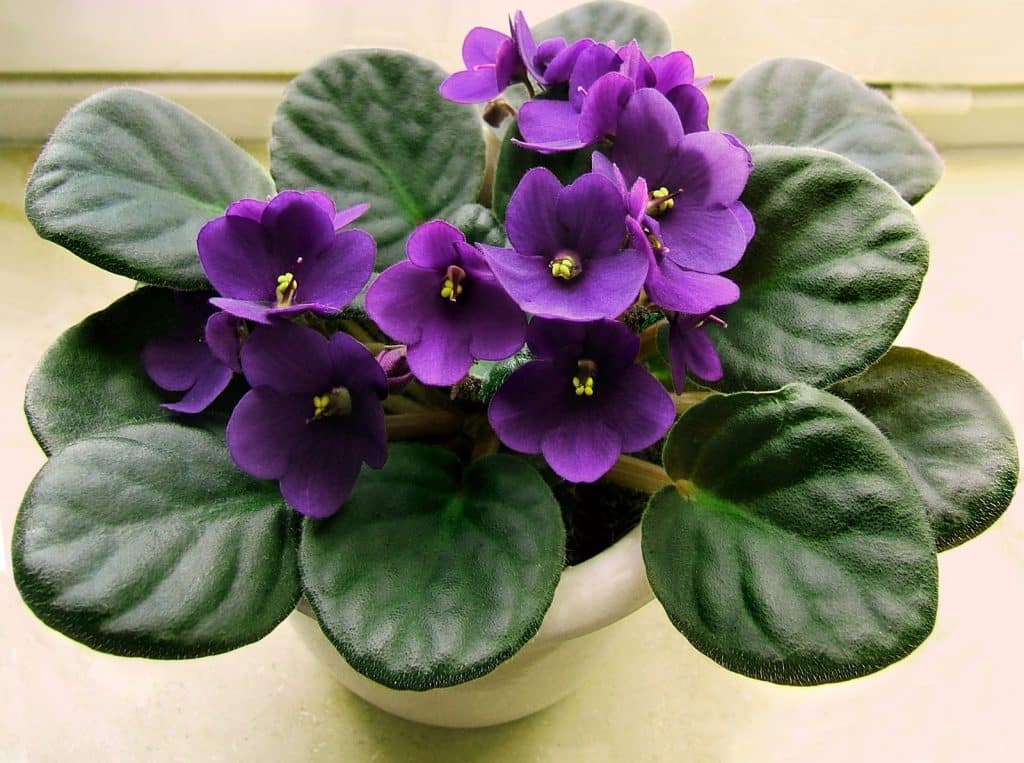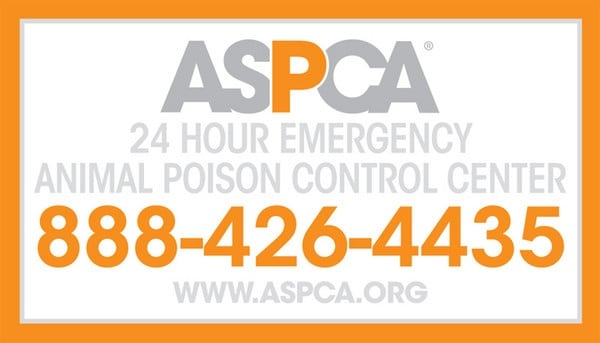A blooming vase or a garden full of flowers often brings joy and color to a home, but these botanical delights could pose hidden dangers to our furry companions. Every year, countless pets fall ill from ingesting common household plants, with many pet owners unaware of the potential risks lurking within petals and leaves. This post seeks to shed light on the toxic relationship between pets and certain popular flowers, aiming to inform and guide pet owners in creating a safe environment for their beloved animals.
Common Household Flowers
Many homes celebrate the beauty of nature indoors with flowers like lilies, tulips, and daffodils. These plants are known for their vibrant colors and alluring fragrances, making them staples in bouquets and decorative arrangements. However, their widespread presence belies the potential threat they pose to pets, who may be tempted by their accessibility. It’s crucial for pet owners to recognize these common blooms, such as the elegant yet dangerous lily, which can cause severe kidney damage in cats, or the cheerful tulip, whose bulbs contain allergenic lactones and alkaloids that can harm dogs if ingested.
Understanding Plant Toxicity
What exactly turns a plant from a harmless ornament into a toxic threat? The answer lies in the various chemical compounds plants produce, which can range from mild irritants to severe, life-threatening toxins. These substances can affect pets differently, depending on factors such as the pet’s size, the amount ingested, and the plant’s level of toxicity. For instance, certain plants contain cardiac glycosides, which can affect a pet’s heart function, while others might cause gastrointestinal upset. Recognizing the signs of poisoning, such as vomiting, diarrhea, or lethargy, is essential for pet owners to act swiftly.
Toxic Effects on Different Pet Species
Not all pets are affected by plant toxins in the same way; what is mildly toxic to one may be lethal to another. Cats, for example, are particularly susceptible to the toxins in Easter lilies, while dogs may experience intense gastrointestinal distress from ingesting azaleas. Birds, small mammals, and reptiles also have their own unique sensitivities that must be considered. It’s a delicate balance for pet owners to maintain a home that’s both aesthetically pleasing and safe for all animal inhabitants, requiring a knowledge of which plants are harmful to the various species they love and care for.
The Most Dangerous Flowers for Pets
Certain flowers carry a notorious reputation for their lethal beauty, particularly towards pets. Oleander, for instance, stands out as a highly toxic plant, with every part of it containing cardiac glycosides that can cause severe symptoms and potentially lead to death if ingested by animals. Similarly, the Autumn Crocus contains colchicine, a substance dangerous to pets, leading to gastrointestinal upset, shock, and even multi-organ failure. Pet owners must identify these hazardous plants and understand the severity of the risks they pose, ensuring they are either eradicated from their gardens or kept far out of pets’ reach.
Non-Toxic Alternatives for a Pet-Safe Home
Creating a pet-safe living space doesn’t mean forgoing greenery and florals altogether. There are numerous beautiful and non-toxic flower options that pet owners can decorate their homes with, such as the African violet, which adds a splash of color without the risk, or the classic pet-friendly orchid that offers exotic beauty safely. These alternatives provide peace of mind, knowing that they pose no threat to the curious noses and mouths of pets. In addition, proper care and maintenance of these safe plants can further ensure that they remain healthy and non-threatening, contributing to a harmonious living environment for both pets and plant lovers.
First-Aid Measures for Accidental Ingestion
Despite all precautions, accidents can happen, and knowing how to respond when a pet ingests a toxic plant can be lifesaving. The first step is to remain calm and quickly remove any plant material from the pet’s mouth, followed by a call to the veterinarian or poison control center with details of the incident. Immediate action may include administering activated charcoal, as advised by a professional, to prevent further absorption of toxins. It’s imperative for pet owners to have a first-aid plan in place and to never induce vomiting or administer any treatment without professional guidance, as this can sometimes cause more harm than good.
Preventing Pet Exposure to Toxic Flowers
Proactive measures are key in preventing pets from coming into contact with toxic plants. One effective strategy is the physical barrier method—placing plants out of reach by using shelves or hanging planters, ensuring that pets cannot access them. Another approach is through pet training; teaching pets to avoid certain areas or items can be beneficial, though it requires consistency and patience. Additionally, educating all family members about the dangers of toxic plants ensures that everyone is vigilant in keeping such flowers away from pets, creating a layered defense against accidental ingestion.
Advocating for Pet Safety in Horticulture
The final layer of protection comes from outside the home: advocacy and community awareness. Pet owners can play a pivotal role in initiating change by demanding clearer labeling of plants regarding their toxicity to animals. This can involve engaging with local plant nurseries, gardening groups, and even online forums to raise awareness about the issue. Supporting or volunteering with organizations that work towards pet safety in horticulture can also lead to broader educational campaigns, helping to spread the word far beyond a single household and into the wider community.
Safeguarding Our Furry Companions
In the tapestry of home life, the harmony between flora and fauna must be carefully curated. This guide underscores the importance of understanding and acknowledging the silent threat that some flowers pose to pets. By reassessing our plant choices, embracing non-toxic alternatives, and being prepared for emergencies, pet owners can significantly reduce the risks. Let this be a call to action—not only to protect our pets within our homes but also to join a larger dialogue that promotes pet safety in the world of horticulture. Together, we can ensure the well-being of our cherished animal companions amidst nature’s bounty.







